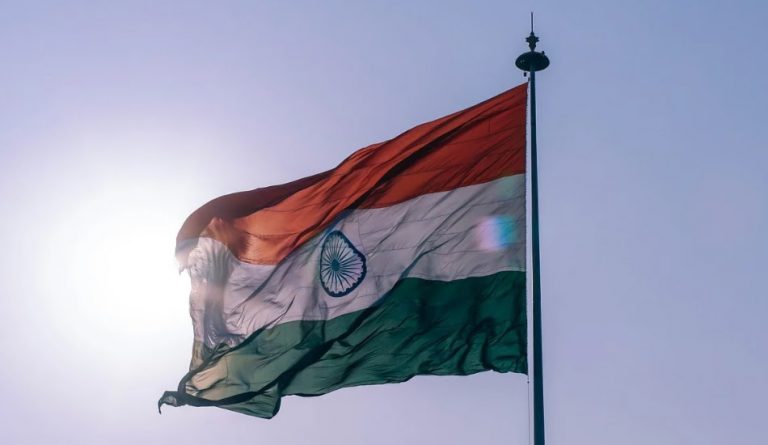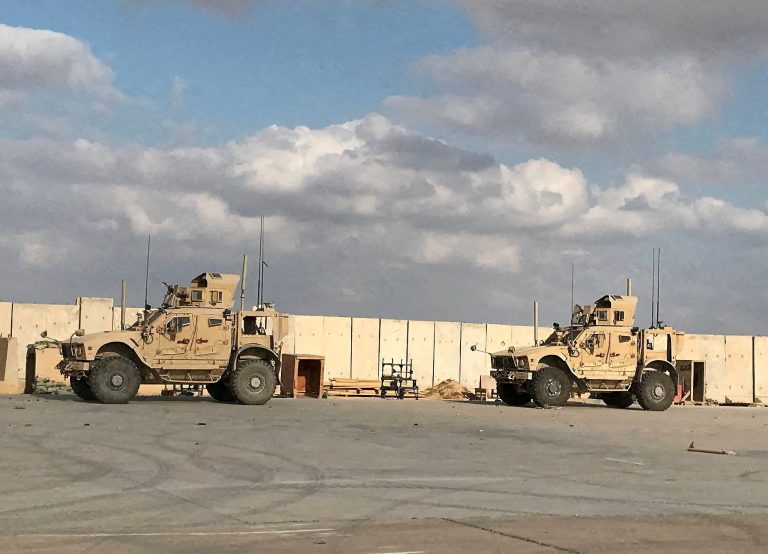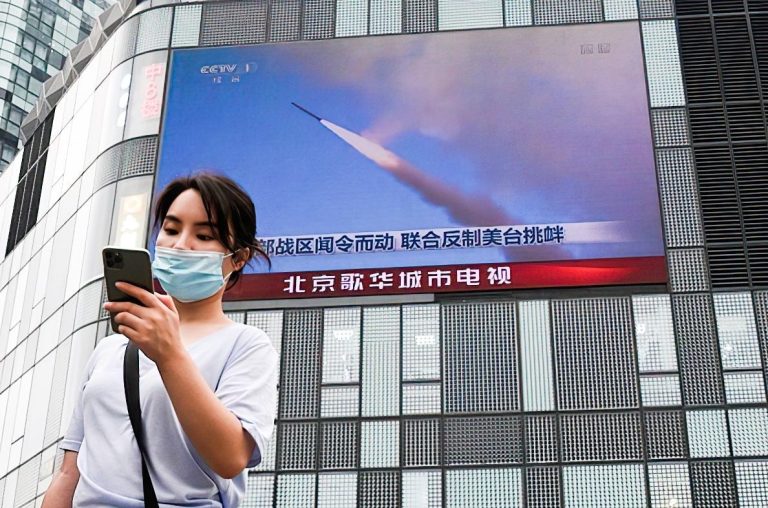Indian and Chinese military forces engaged in a “minor face-off” at the Naku La region in the Indian state of Sikkim bordering Tibet. The Jan. 20 incident caused injuries to both parties. The PLA tried to infiltrate Indian territory, but the attempt was stopped by Indian soldiers. No firearms were used in the confrontation, but both groups engaged in a physical brawl. This was the second clash at the Sikkim border.
Two Indian security officials told Breitbart that there were 18 communist Chinese soldiers who tried to cross into Indian territory. The fight involved sticks and stones. Over a dozen Indian soldiers and a minimum of eight Chinese personnel are believed to have been injured. Following the conflict, both parties deployed a large contingent of soldiers on either side of the border.
An anonymous source told The Indian Express that injuries to the Indian side were in single digits while those on the Chinese side were in the low double digits. In a statement, the Indian Army revealed that a minor face-off did take place in the Naku La region and the issue was resolved by local commanders according to established protocols. It also requested the media to stop exaggerating reports.
The Chinese-backed Global Times stated that a skirmish took place between the two sides on Jan. 20. However, it dismissed reports of both sides receiving injuries as “fake news.” Satoru Nagao, a nonresident fellow at the Washington-based Hudson Institute, said that the skirmish underlines the fact that the Indian side was well prepared to deal with Chinese incursions. He also said that the incursion happened just after Joe Biden became president.
‘From the international situational [perspective], this issue is beyond India-China’
“This is a U.S.-China issue. The U.S. or China, which country will lead the world… China wants to know Biden’s diplomatic skills. If he’s a weak man, China can be bold in many areas in the world in the next four years: East China Sea, South China Sea, South Pacific, Indian Ocean, Arctic, space, cyber. … China wants to know the skill of the Biden administration. To know this skill, small confrontation is useful,” Nagao told The Epoch Times.

Success
You are now signed up for our newsletter
Success
Check your email to complete sign up
The skirmish follows reports that communist China built villages on the border of the Indian state of Arunachal Pradesh. This is part of a plan to build 624 villages in the Tibetan region. Communist China claims the village to be part of their “poverty alleviation program.”
The Indian External Affairs Ministry confirmed that China has been engaging in infrastructure construction along the border for several years. In return, the Indian side has also sped up its construction in Arunachal Pradesh. People in the state are apparently furious about the Chinese moving into their territory. They are holding rallies against the Chinese regime, burning effigies of Xi Jinping, and raising slogans against communist China.
The Indian and Chinese armies held a meeting on Jan. 24. The 9th round of the Corps Commander-level meeting was held on Chinese territory, with both parties discussing the possibility of disengagement along the Line of Actual Control.
“The two sides agreed that this round of meeting was positive, practical, and constructive, which further enhanced mutual trust and understanding. The two sides agreed to push for an early disengagement of the frontline troops. They also agreed to follow the important consensus of their state leaders, maintain the good momentum of dialogue and negotiation, and hold the 10th round of the Corps Commander Level Meeting at an early date to jointly advance de-escalation,” Army PRO Col Aman Anand said in a statement.
Follow us on Twitter or subscribe to our email list













